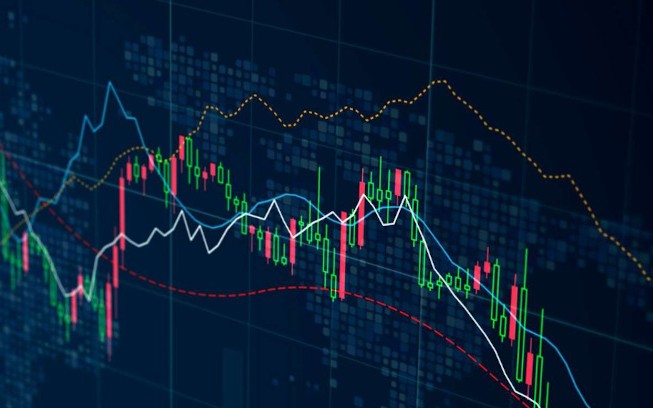Comprehensive Forex Trading Tutorial for Beginners 1713211797

Comprehensive Forex Trading Tutorial for Beginners
Welcome to the world of Forex trading! If you're eager to dive into this dynamic market, you've come to the right place. In this comprehensive tutorial, you will learn everything you need to know to get started with Forex trading. From understanding currency pairs to developing a trading strategy, this guide covers all the essential topics. Whether you're looking to trade part-time or full-time, we aim to provide you with the confidence and knowledge to succeed. Additionally, discover reliable resources like forex trading tutorial Uzbekistan Brokers to facilitate your trading journey.
What is Forex Trading?
Forex trading, or foreign exchange trading, involves the buying and selling of currencies in the foreign exchange market. This market is the largest and most liquid financial market in the world, with a daily trading volume exceeding $6 trillion. Traders engage in Forex trading with the goal of profiting from fluctuations in currency exchange rates.
Understanding Currency Pairs
In Forex trading, currencies are traded in pairs. A currency pair consists of a base currency and a quote currency. The base currency is the first currency in the pair, while the quote currency is the second. For example, in the pair EUR/USD, the euro (EUR) is the base currency, and the US dollar (USD) is the quote currency. The exchange rate indicates how much of the quote currency is needed to purchase one unit of the base currency.
Major, Minor, and Exotic Pairs
Currency pairs can be categorized into three groups:
- Major Pairs: These include the most frequently traded currencies, such as EUR/USD, USD/JPY, and GBP/USD.
- Minor Pairs: These are pairs that do not include the US dollar, such as EUR/GBP and AUD/NZD.
- Exotic Pairs: These involve a major currency paired with a currency from a developing economy, such as USD/TRY (Turkish Lira) or EUR/ZAR (South African Rand).
Choosing a Reliable Forex Broker
Before diving into trading, it’s crucial to select a reliable Forex broker. A good broker will provide a robust trading platform, educational resources, and customer support. Key factors to consider when choosing a broker include:
- Regulation: Ensure the broker is regulated by a reputable authority.
- Trading Costs: Look for competitive spreads and low commissions.
- Platform: Test the trading platform for usability and features.
- Account Types: Check if they offer various account types that suit your trading style.
Developing a Trading Strategy
A solid trading strategy is essential for long-term success in Forex trading. Here are some popular strategies that beginners might consider:
1. Scalping
Scalping is a short-term strategy that involves making numerous trades throughout the day to capitalize on small price movements. It requires quick decision-making and a strong understanding of market dynamics.

2. Day Trading
Day trading involves buying and selling currencies within the same trading day. Day traders aim to take advantage of intraday price movements and close all positions before the market closes.
3. Swing Trading
Swing trading focuses on capturing gains over several days or weeks. Traders use technical analysis to identify potential price reversals and place trades accordingly.
4. Position Trading
Position trading is a long-term strategy where traders hold positions for weeks, months, or even years. This strategy is more passive compared to the other approaches and typically requires less daily monitoring.
Understanding Technical and Fundamental Analysis
Successful Forex trading often involves a combination of technical and fundamental analysis.
Technical Analysis
Technical analysis is the study of past price movements to predict future movements. Traders use various tools, including charts, indicators, and patterns, to analyze market trends.
Fundamental Analysis
Fundamental analysis involves evaluating a country's economic indicators, interest rates, and political conditions to determine the potential impact on currency values. Traders pay attention to news releases, economic reports, and geopolitical events.
Risk Management in Forex Trading
Proper risk management is crucial in Forex trading to protect your capital and minimize potential losses. Here are some key practices:
- Set Stop-Loss Orders: Always use stop-loss orders to automatically close a trade at a predetermined price to limit losses.
- Use Proper Position Sizing: Determine the appropriate amount to risk on each trade based on your account size and risk tolerance.
- Diversify Your Trades: Avoid putting all your capital into one trade or currency pair to reduce overall risk.
Conclusion
Forex trading can be a rewarding venture for those willing to invest time and effort into learning the necessary skills. Remember to stay informed, practice with a demo account before trading with real money, and continuously refine your strategy. With patience and dedication, you can navigate the Forex market successfully.
We hope this tutorial has provided you with valuable insights into Forex trading. Happy trading!

